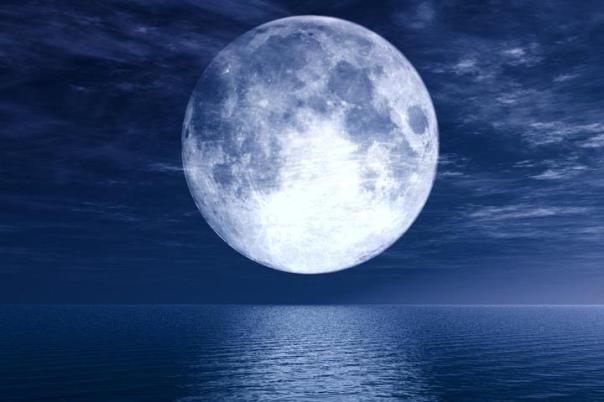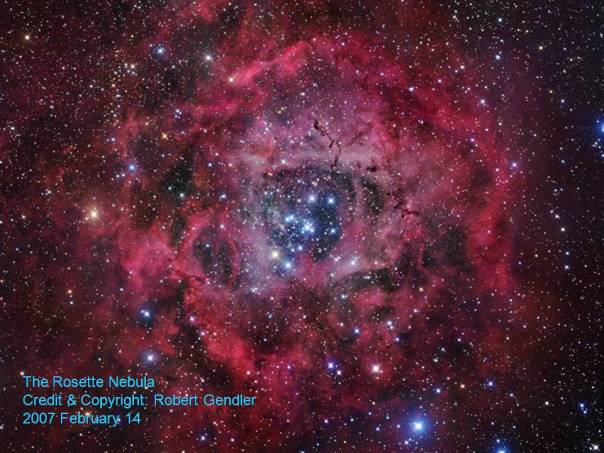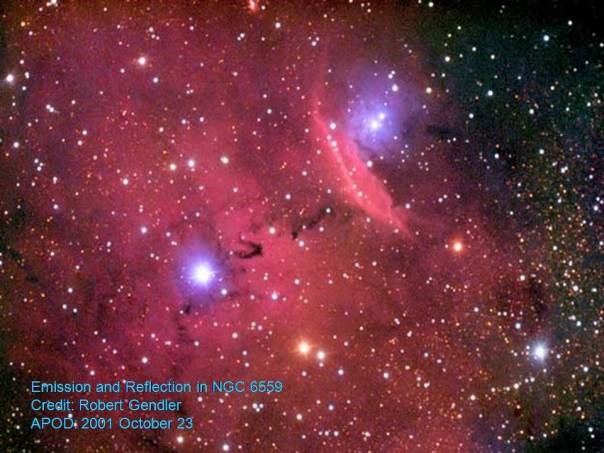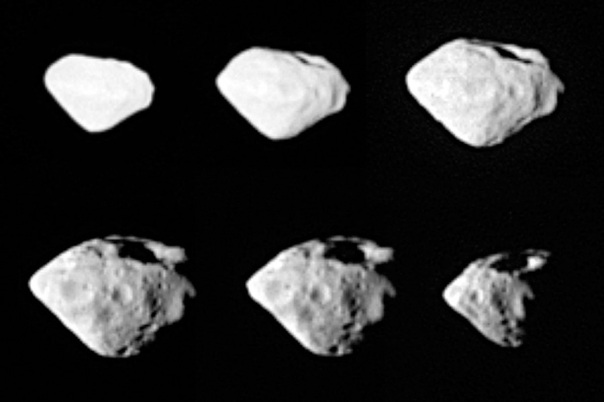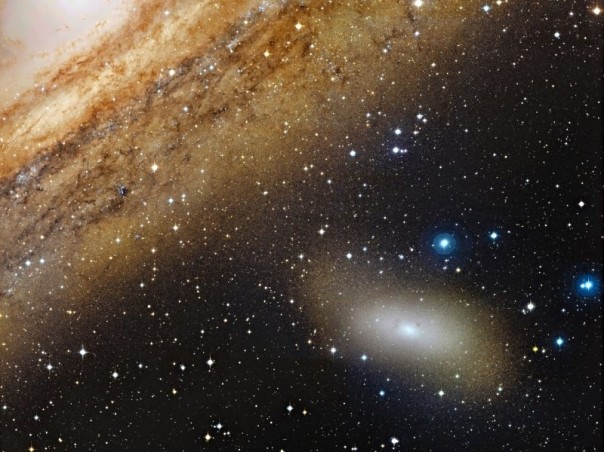Blog Archives
Eyes on the Sky: June 11 thru June 17
How to find EVERY planet in the solar system this week! Find Mercury, Mars and Saturn in the evening sky, and Neptune, Uranus, Jupiter and Venus in the morning sky.
Neptune& Uranus Finder Chart: CLICK HERE (5.4 MB)
There is also a wide-field and narrow-field chart available from “Sky and Telescope” magazine, here.
Pluto finder chart: CLICK HERE (6.8 MB)
More detailed chart to magnitude 14.5: Click here (opens new window to different website – the top two “TYC” stars identified are the same two “HIP” stars identified in my chart, above, and in Stellarium)
Related articles
Eyes on the Sky: June 4 thru Jun 10
Two Sun/Earth alignments, and plumbing the depths for Pluto
This week’s “Eyes on the Sky” details who is best situated to see the lunar eclipse of June 4, how nearly everyone worldwide can watch the Venus Transit of June 5 (or 6th, depending on your location in the world – also see links below last week’s video), as well as a really difficult challenge: PLUTO! This 14th magnitude icy body revolves around our Sun at nearly 3 billion miles distance; can you spot this tiny, dim speck in Sagittarius? This week’s video shows you how to learn the area it’s in, some fantastic clusters you can see easily even with binoculars from light polluted areas, and when to look to try and find the 9th plan…. errr – previously-the-9th-planet. (See link to PDF finder chart, below). Check it out, and “see what’s up” in the sky this week.
Pluto finder chart: CLICK HERE (6.8 MB)
Related articles
- Partial lunar eclipse 4 June (physicsforme.wordpress.com)
- Weekly SkyWatcher’s Forecast: June 4-10, 2012 (universetoday.com)
Eyes on the Sky: May 28 thru Jun 3
Venus Transit: Transit lunar craters, transit history, and more
The Transit of Venus across the face of the Sun only occurs twice every 100+ years. On June 5/6 (depending on where you are in the world; it will be on the 5th in the United States), the last chance humans will have to see the disk of Venus transit across the face of the Sun will occur. Accurately calculating the times the transit occurred in the past helped astronomers hundreds of years ago to calculate the distance from the Earth to the Sun, also known as the Astronomical Unit (AU). Because these transit viewings and calculations were so important to understanding the size of our own solar system, quite a few craters on the Moon have been named after astronomers of the past involved in these efforts. This week’s video takes a look at some of these craters, astronomers, and prepares you for this last-in-our-lifetime transit. Check it out, and “see what’s up” in the sky this week.
Lots of links about the Venus Transit
For times and dates of when you can see the transit, click here.
Eyes on the Sky’s solar safety video can be seen here, along with ways to make safe solar viewing equipment.
Charts for finding/viewing the Horrocks/Halley craters on the Moon: COMING SOON
Thread by Paulie about Venus Transit lunar craters at Chicago Astronomer site.
For a lot of wonderful information about the transit, see transitofvenus.org
Here’s how to safely photograph the transit.
Related articles
- Eyes on the Sky: April 30 thru May 6(heavenswithlamps.wordpress.com)
- Eyes on the Sky: May 7 thru May 13 (heavenswithlamps.wordpress.com)
- Eyes on the Sky: May 14 thru May 20(heavenswithlamps.wordpress.com)
- Eyes on the Sky: May 21 thru May 27 (heavenswithlamps.wordpress.com)
Eyes on the Sky: May 21 thru May 27
Two crescents on the 22nd; Hunting in the Dragon
With the Venus Transit just a couple weeks away, the brilliant point of light in the western sky is sinking towards the horizon. And given the recent solar eclipse seen by much of the Pacific area of the world on the 20th, the Moon is just past new, and pays a visit to the planet. Check out how these two crescents can be seen easily from most any location.
Looking to the north, we find the constellation of Draco the dragon. Though dimmer overall than many of the more prominent constellations, it’s location near the Big Dipper and the bright star Vega means that we can go hunting for some interesting objects with binoculars and telescopes. For a star charts of the Draco region, click here and download Star Charts #1 and #6. And don’t miss Saturn near a couple of brighter stars in Virgo, neatly framed in a wide-field telescopic view. Check it out, and “see what’s up” in the sky this week.
Related articles
Related articles
- Eyes on the Sky: May 7 thru May 13 (heavenswithlamps.wordpress.com)
- Eyes on the Sky: April 30 thru May 6(heavenswithlamps.wordpress.com)
- Eyes on the Sky: May 14 thru May 20(heavenswithlamps.wordpress.com)
- DIY: Constellation Jar (designmom.com)
Eyes on the Sky: May 14 thru May 20
Binocular binaries in Bootes; May 20 solar eclipse
Last week’s video showed a number of double stars that can be spotted in the “ice cream cone” shaped constellation of Bootes, the Herdsman. This week there are more double stars to see there – all of them easy, and all can be seen naked eye or with binoculars. Check out these great color-contrast objects this week. And on May 20th, an annular solar eclipse will occur, and many in the western United States will have a chance to view parts or all of it. Be sure to see the week’s “Eyes on the Sky” for when to view it, and how to view it safely (DO NOT look at the Sun directly during the eclipse!). Wishing you clear and dark skies (well, except for the eclipse)!
You can find more information about the May 20 solar eclipse on NASA’s website.
View the solar eclipse safely by making a simple pinhole solar viewer.
Related articles
- Eyes on the Sky: May 7 thru May 13 (heavenswithlamps.wordpress.com)
- Eyes on the Sky: April 30 thru May 6(heavenswithlamps.wordpress.com)
Eyes on the Sky: May 7 thru May 13
Eyes on the Sky: May 7 thru May 13
Mars and more Messiers; Bootes doubles up
Mars makes moves heading out of Leo starting this week, but not before it gives us one last pointer to the Leo Triplet of M95, M96 and M105. Faint galaxies all, but worth attempting if they have been difficult to find previously for you. If that challenge is a bit too much for your skies, take a whirl back over to Bootes, and see “double” with some double stars lurking in the Herdsman. Wishing you clear and dark skies!
Related articles
- Eyes on the Sky: April 30 thru May 6
(heavenswithlamps.wordpress.com)
Leisure by W.H. Davies
Stand and stare (Photo credit: Cy Evans)
W. H. Davies
Leisure
WHAT is this life if, full of care,
We have no time to stand and stare?
No time to stand beneath the boughs,
And stare as long as sheep and cows:
No time to see, when woods we pass,
Where squirrels hide their nuts in grass:
No time to see, in broad daylight,
Streams full of stars, like skies at night:
No time to turn at Beauty’s glance,
And watch her feet, how they can dance:
No time to wait till her mouth can
Enrich that smile her eyes began?
A poor life this if, full of care,
We have no time to stand and stare.
Related articles
- What would make me really happy? (20yearsfromtoday.wordpress.com)
- DO YOU ACCEPT??? (heavenswithlamps.wordpress.com)
Naza ScienceCasts: The Super Moon of May 2012 (Tonight, Saturday May 5, 2012)
Are you ready for the Super Moon tonight?
Tonight’s Full Moon could be hard to miss. Remarkably, its exact full phase (May 6 03:36 UT) will occur less than two minutes after it reaches perigee, the closest point to Earth in the Moon’s orbit, making it the largest Full Moon of 2012. The Full Perigee Moon will appear to be some 14 percent larger and 30 percent brighter than a Full Moon near apogee, the most distant point in the elliptical lunar orbit. In comparison, though, it will appear less than 1 percent larger and almost as bright as April’s Full Moon. Of course, if you miss May’s Full Perigee Moon, make a note on your calendar. Your next chance to see a Full Moon close to perigee, will be next year on June 23.
What is Perigee?
What is Apogee?
Effect on tides
The combined effect of the Sun and Moon on the Earth’s oceans, the tide, is greatest when the Moon is either new or full. At lunar perigee the tidal force is even stronger, resulting in larger high and low tides on average, but even at its most powerful this force is still weak.
Alors, avez vous pigee? or otherwise watch out for the next coming lecture titled Free Lecture 04: Moon Phases and Eclipses
Related articles
Free Lecture 03: Universe Scale, and Light II
The lecture video is embedded below but also available here in MP4 format.
Additionally, slides used in the lecture are embedded below but also are available here in Powerpoint format.
Questions after the lecture? Please ask them in here.
Wikipedia entries:
Black body
Spectrum
Spectral line
Bohr model
Doppler Effect
 Additional Apod photos disccussed
Additional Apod photos disccussed
Imagine if we lived in a binary solar system or a triple star or even an open cluster with 10-100 stars or why not a globular cluster with 100000-1000000 stars….. But don’t we see that we live with one bright star, which is kind a bit unusual, but it rather appears that it is the greatest benefit to humanity, allowing us to have a Night.
Notes on Lecture
The Bohr atom
The Doppler shift high and low
Sheldon Doppler
Related articles
- Astronomy Lectures for FREE (heavenswithlamps.wordpress.com)
- Free Lecture 02: Universe Scale, and Light 1 (heavenswithlamps.wordpress.com)
- Big Bigger Biggest Small Smaller Smallest (heavenswithlamps.wordpress.com)

